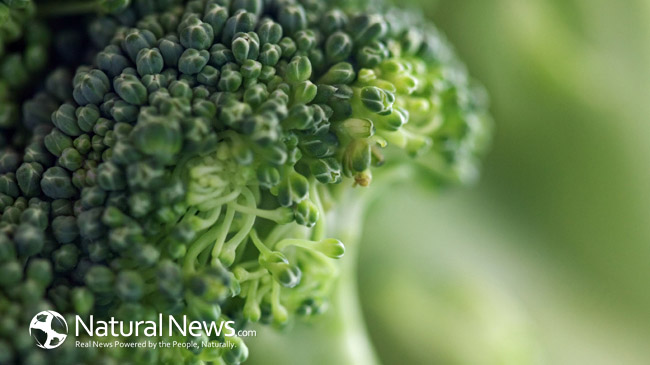Eating our vegetables is a common early lesson we learn about nutrition. Some of us didn’t get dessert until we ate all the vegetables on our plate. Broccoli and cauliflower are two types of veggies often consumed together and are considered part of a healthy diet. They both are cruciferous vegetables, which are a family of foods that come from the Brassica genus. They have the flower type shape coming out of the stem. There’s plenty of good reasons to eat broccoli and cauliflower, which are very similar but also have some differences between them. What’s best about both of them is that they’re both low in calories (about 30 calories per one cup) and packed with nutrition, most notably having a good amount of fiber.
Either can be eaten raw, cooked, fresh, or frozen. There are many recipes and dishes that incorporate them. They are often used on appetizer platters, for snacks, on salads, and can even be swapped out for certain grains. Cauliflower has become popular replacing pizza crust and rice. Either can be enjoyed in practically any sauce or dip like hummus. Baked or sautéed, either can please an array of tastebuds.
Some of the benefits of eating broccoli and cauliflower include all of the micronutrients they contain which are copper, potassium, folate, and manganese. They are also high in vitamin C, which is important for bone health, wound healing, and having a strong immune system. To be more detailed, broccoli is higher in vitamins C and K, but cauliflower has more vitamin B and vitamin B-6.
Another reason to eat broccoli and cauliflower is because they are high in sulforaphane and indole-3-carbinol. Therse are sulfur-rich antioxidants that help ward off chronic disease, reduce inflammation, and prevent cellular damage. Broccoli is high in lutein and zeaxanthin which are good for eye health. Cauliflower contains other important antioxidants which are vanillic acid, protocatechuic acid, and coumaric acid.
Again, they both have nearly 2 grams of fiber (broccoli 2.5 grams) in a one cup serving, which is helpful for digestion, heart health, and controlling blood sugar. We might prefer one more than the other. We might prefer them prepared a certain way. We might not even like them at all. In any case, the nutritional benefits are irrefutable. We can refuse to eat our vegetables, but we can’t refuse why they should be part of our diet.
Side Streams of Broccoli Leaves: A Climate Smart and Healthy Food Ingredient – PMC (nih.gov)



